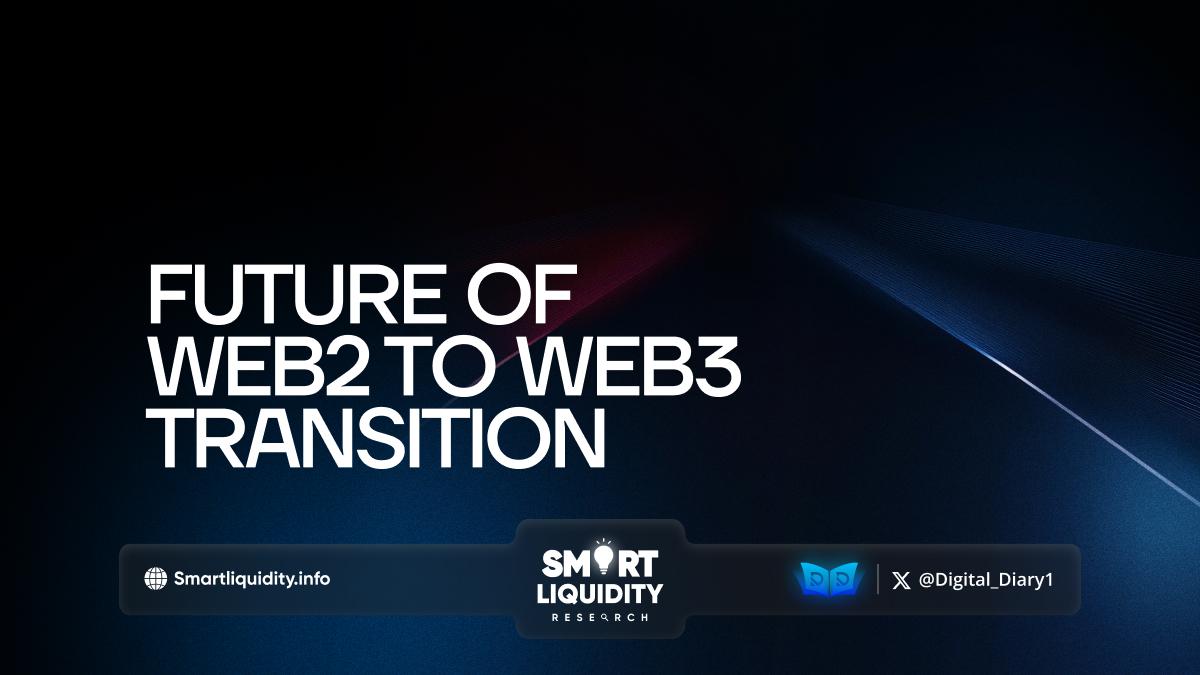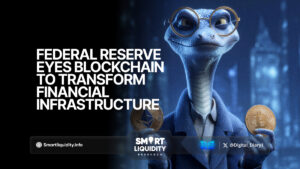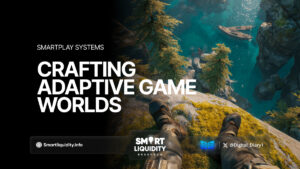Future of Web2 to Web3 Transition


The digital landscape is on the verge of a transformative evolution. The shift from Web2 to Web3 is not just a technological upgrade; it’s a fundamental rethinking of how we interact with the internet. This transition promises to create a decentralized web that empowers users, changes ownership models, and opens up new opportunities for creators, businesses, and communities alike.
The Journey from Web2 to Web3
Web2, the current version of the internet, revolutionized how we communicate, shop, and socialize. It brought us social media platforms, e-commerce giants, and collaborative tools that reshaped industries. But it also centralized control in the hands of a few tech companies, where user data became a commodity.
Enter Web3—the internet’s next phase. Powered by blockchain technology, Web3 aims to return control to the users through decentralization. This shift moves away from central servers and empowers individuals with ownership of their data, digital assets, and even online identities.
What Does Web3 Bring to the Table?
1. Ownership and Control
One of Web3’s most attractive features is decentralized ownership. In Web2, users are simply participants, contributing data and content to platforms owned by corporations. In Web3, users can own digital assets, from in-game items to intellectual property, thanks to blockchain-based tokens and NFTs.
2. Enhanced Security and Privacy
Web3 offers increased security and privacy through cryptography and decentralized networks. With no central authority controlling data, the risk of hacks and breaches decreases. Users also have more control over what personal information is shared.
3. Decentralized Finance (DeFi)
Web3 introduces decentralized financial systems, known as DeFi. These platforms eliminate traditional banking intermediaries, allowing users to borrow, lend, and trade digital assets without needing a bank. This opens financial access to millions of unbanked individuals across the globe.
4. Smart Contracts and Automation
Smart contracts—self-executing contracts with code that automatically enforces agreements—are central to Web3. This removes the need for intermediaries like lawyers or brokers, reducing costs and increasing transparency.
5. Interoperability
In the Web3 ecosystem, users will be able to seamlessly transfer assets and identities across platforms. Imagine owning a digital asset in one game and using it in another, or maintaining a consistent online identity across multiple decentralized applications (dApps).
Endless Possibilities for Creators
The shift to Web3 offers creators endless opportunities to monetize their work directly. Whether through NFTs, decentralized content platforms, or tokenized communities, creators can bypass middlemen, offering their content directly to their audience. This is a game-changer for artists, musicians, game developers, and influencers looking to connect more meaningfully with their followers.
The Challenges Ahead
While the future of Web3 is promising, it’s not without challenges. Scalability, regulatory uncertainty, and mass adoption hurdles are significant. Transitioning from a centralized Web2 infrastructure to a decentralized Web3 model will require a collaborative effort between tech developers, regulators, and users.
Conclusion: Embracing the Web3 Revolution
The transition from Web2 to Web3 marks an exciting moment in the internet’s evolution. It brings the possibility of a more secure, transparent, and user-controlled digital world. The road ahead might be long, but the possibilities are endless.
In the end, Web3 is more than a technological shift—it’s a cultural one. A revolution in how we interact, collaborate, and create. As the transition accelerates, it’s clear that Web3 will redefine the digital frontier for years to come.




